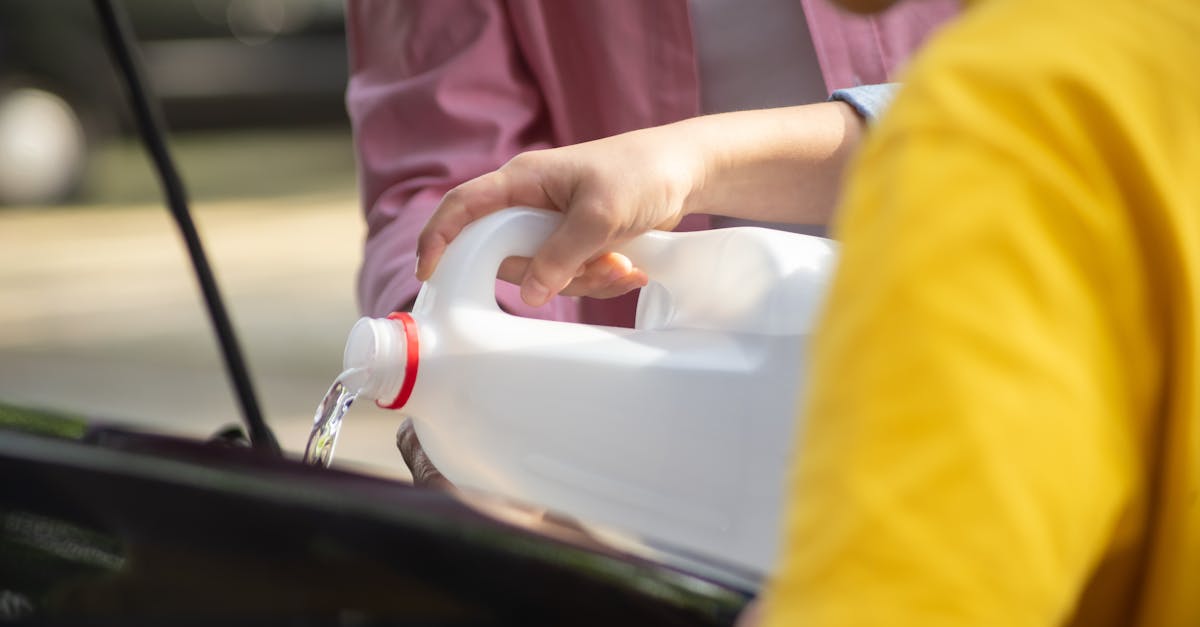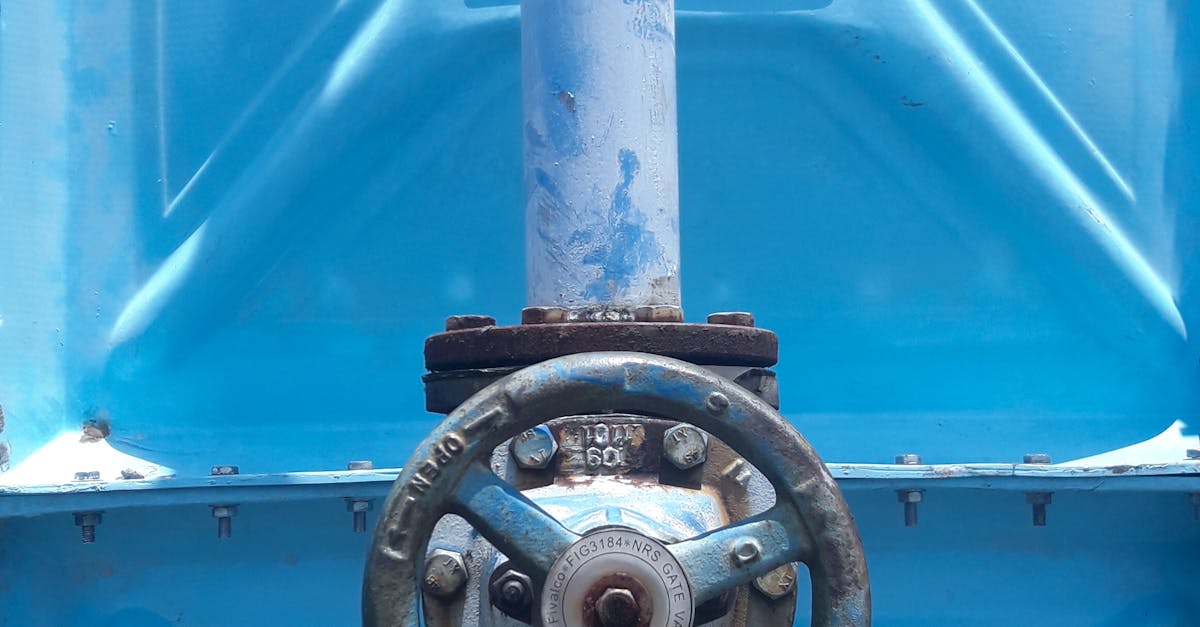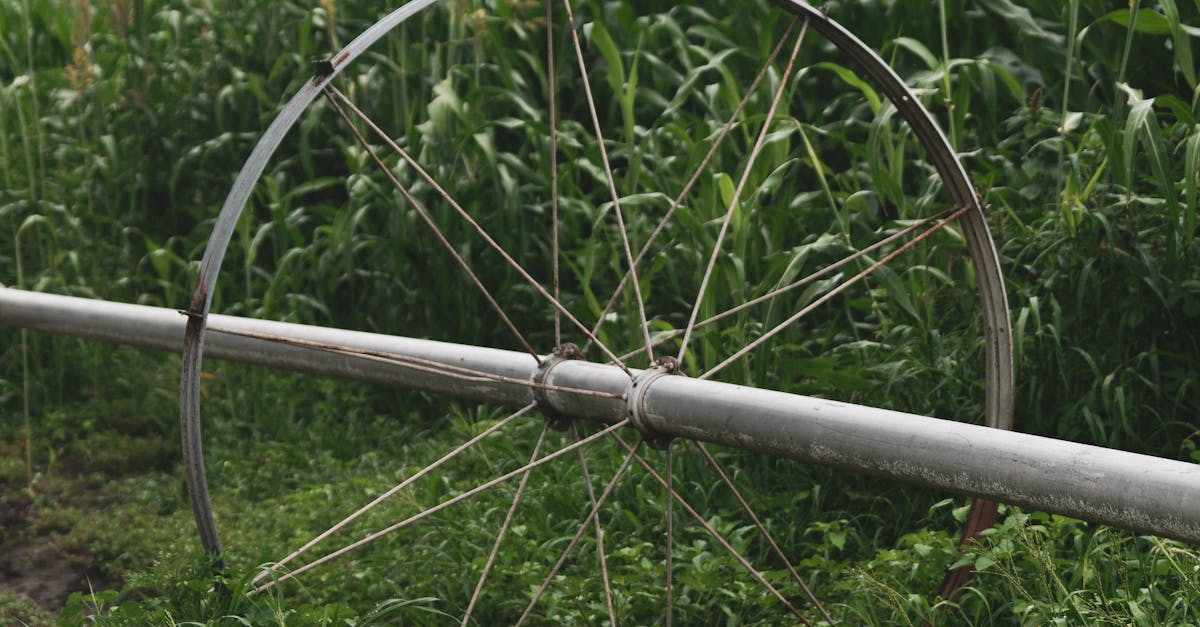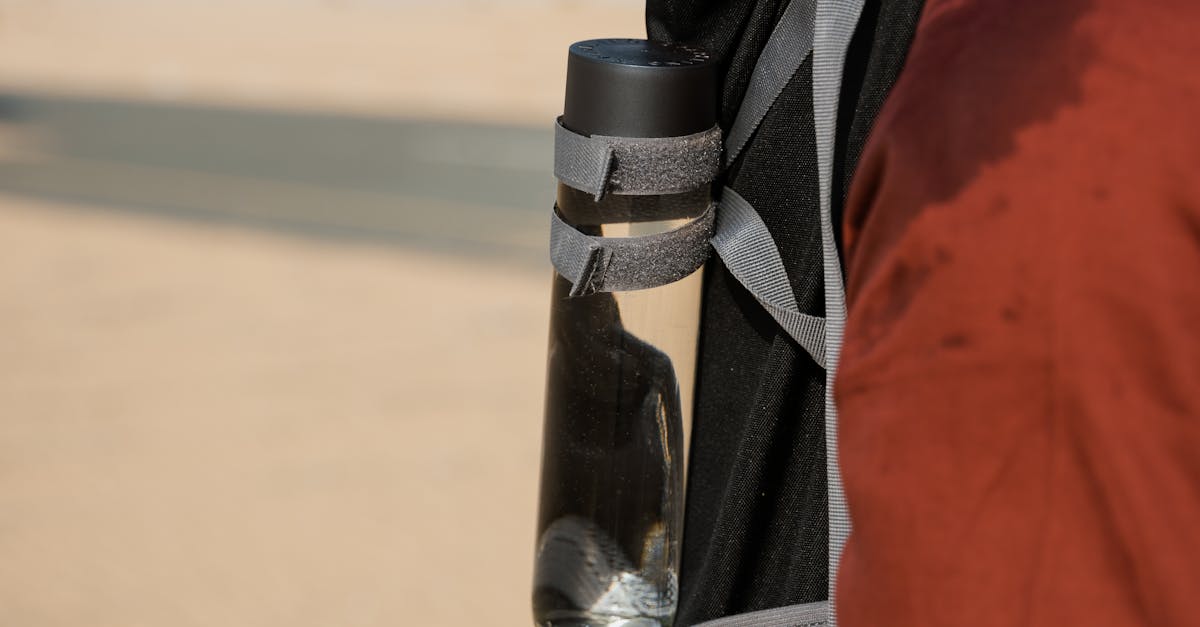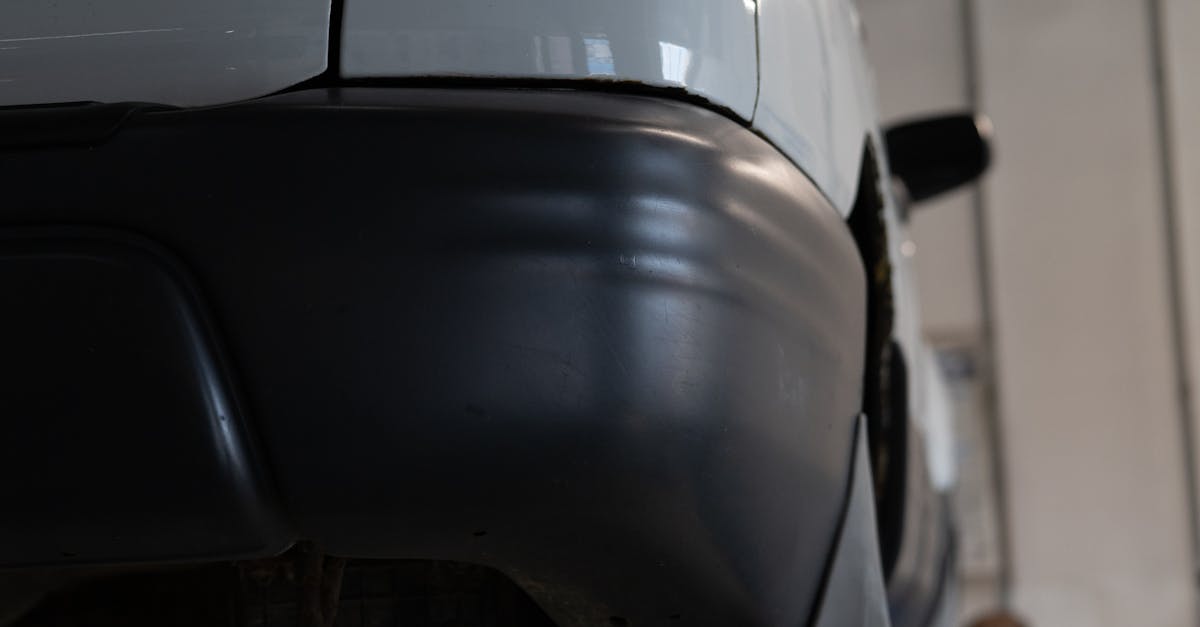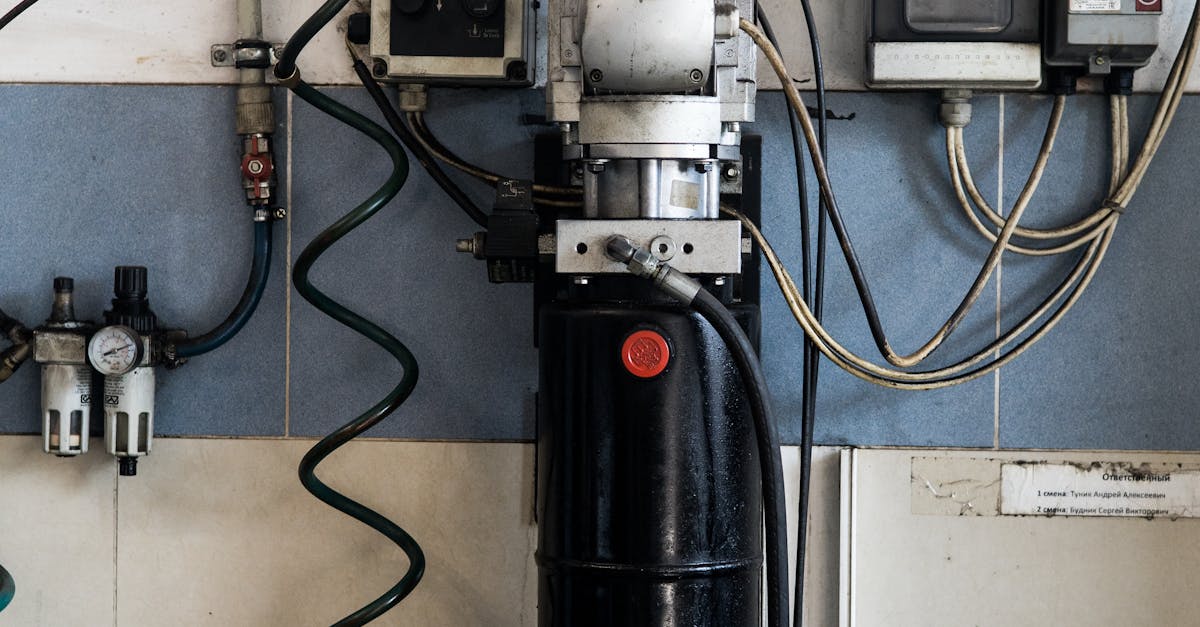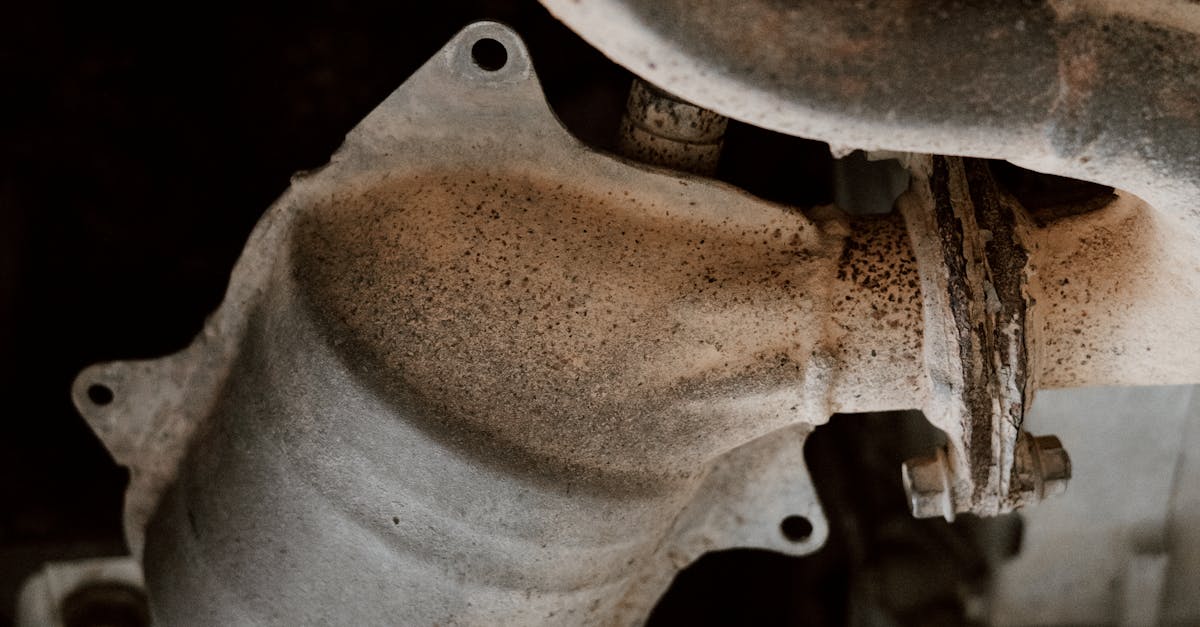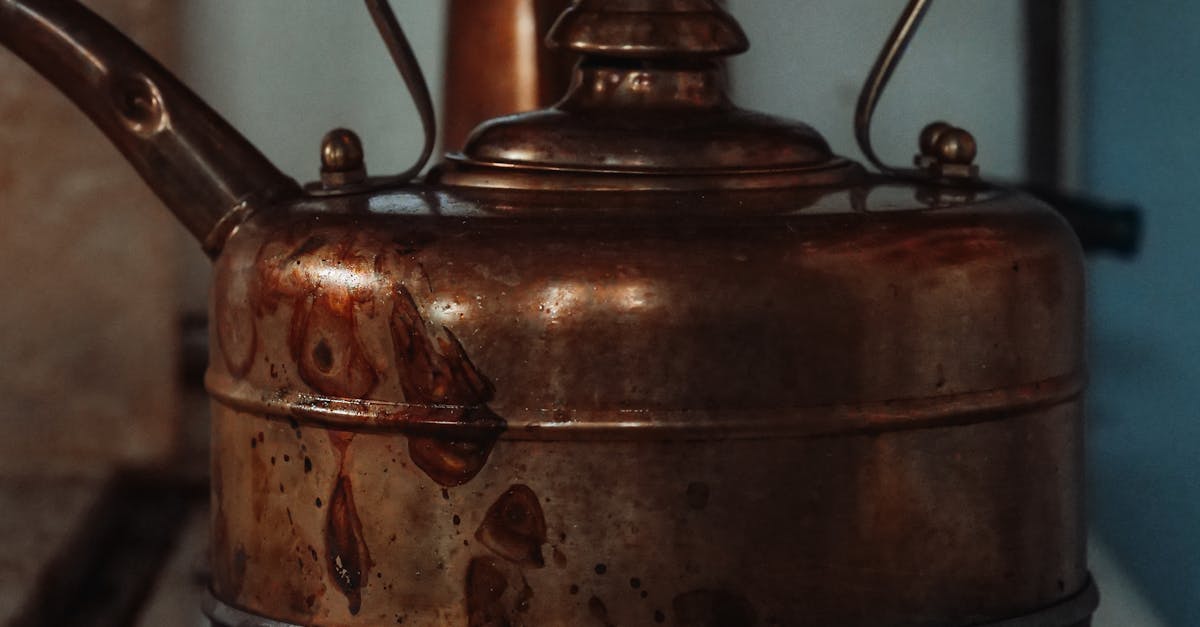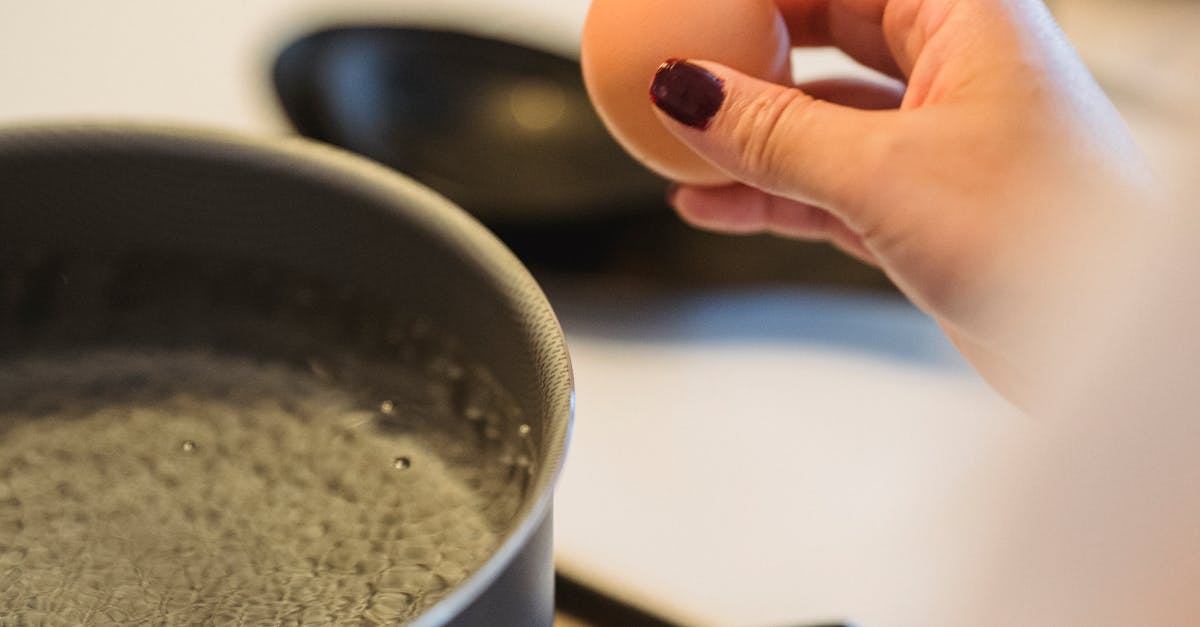
Table Of Contents
Water Heater Age and Efficiency
As water heaters age, their efficiency typically declines. Older models may struggle to heat water to the desired temperature, resulting in lukewarm outputs. This inefficiency often leads homeowners to consider Hot Water System repair, as repairs or replacements may restore the system’s original functionality. Regular maintenance can extend the lifespan of a heater, but even with proper care, every unit will eventually succumb to wear and tear.
The age of a water heater can directly affect its energy consumption. Newer models tend to have improved technology that ensures faster heating and better insulation. Older units might not only produce insufficient hot water but also use more energy to maintain heating, leading to higher utility bills. An upgrade to a more efficient system can significantly improve performance and reduce running costs, making it a worthwhile investment for many households facing warm water issues.
How Age Impacts Performance
The age of a water heater significantly influences its efficiency and effectiveness. As units age, sediment buildup occurs within the tank, which can hinder heating performance. Older models often lack the energy efficiency standards of newer options, resulting in reduced heat output and longer recovery times for hot water. This decline in performance can manifest as lukewarm water, leaving homeowners seeking solutions.
Regular maintenance can help mitigate some issues related to age, but eventually, a hot water system may require repairs or replacement. Homeowners should consider consulting professionals for hot water system repair if they notice consistent temperature fluctuations. Investing in a newer model may provide better energy efficiency and reliable hot water, reducing the likelihood of further issues in the long term.
Pipe Insulation and Heat Loss
Pipe insulation plays a crucial role in maintaining the temperature of water as it travels from the heater to the tap. Uninsulated pipes can lead to significant heat loss, causing the water to feel lukewarm by the time it reaches its destination. This inefficiency not only affects comfort but also increases energy consumption, resulting in higher utility bills. Properly insulating pipes helps to prevent heat loss, ensuring that the water remains hot throughout its journey.
Insulation material acts as a barrier to the ambient temperature, offering an extra layer of protection against heat escape. When considering a hot water system repair, inspecting and upgrading insulation can yield substantial benefits. In some cases, old or damaged insulation may be the culprits behind warm water issues, and addressing this can enhance the overall efficiency of the system. Investing in quality pipe insulation can contribute to both the longevity of the plumbing infrastructure and improved energy efficiency.
The Importance of Proper Insulation
Proper insulation plays a crucial role in maintaining the efficiency of your hot water system. When pipes are inadequately insulated, significant heat loss can occur as water travels from the heater to the tap. This not only leads to longer wait times for hot water but also increases energy consumption, causing your utility bills to rise. Investing in quality insulation can mitigate these issues, ensuring that the water reaches your fixtures at the desired temperature without losing energy along the way.
Inadequate insulation may also contribute to the need for hot water system repair. Over time, wear and a lack of insulation can lead to leaks or other inefficiencies that impair the performance of the system. By addressing insulation early, homeowners can prevent these costly repairs, ensuring a more reliable hot water supply. Regular checks of insulation quality should be part of home maintenance to avoid unexpected breakdowns.
Flushing Your Hot Water System
Flushing your hot water system is an essential maintenance task that can improve efficiency and extend its lifespan. Over time, sediment and mineral deposits can accumulate in the tank, reducing heating efficiency and leading to potential issues. Flushing the system helps remove these deposits, allowing the unit to operate more effectively. Regular maintenance can also reduce the need for hot water system repair, saving you time and money in the long run.
To flush your hot water tank, start by turning off the power supply or gas feed to ensure safety during the process. Connect a garden hose to the drain valve located at the bottom of the tank, and direct the other end to a suitable drainage area. Open the drain valve carefully and allow the water to flow out until clear, ensuring any sediment is flushed away. Closing the valve, removing the hose, and refilling the tank will complete the process. Consistent flushing can prevent the common problems associated with sediment buildup.
Steps to Flush a Hot Water Tank
Flushing your hot water tank is an essential maintenance step that helps remove sediment build-up. Start by turning off the power supply to the heater or setting the thermostat to the lowest setting. If you have a gas water heater, adjust the gas control valve to the 'pilot' position to ensure a safe flushing process. Next, attach a garden hose to the drain valve located at the bottom of the tank, directing the other end to a suitable drainage area. Opening the valve allows the old water and sediment to flow out.
Once the tank is empty, it’s crucial to refill it before restoring power. Close the drain valve and remove the garden hose, ensuring all fittings are secure. Open the cold-water supply valve to fill the tank, and keep an eye on the hot water taps in your home to let air out of the system. This process can help maintain the efficiency of your hot water system and might prevent the need for extensive hot water system repair later on.
FAQS
Why is my hot water only warm instead of hot?
Warm water instead of hot can be due to several factors, including an aging water heater, poor insulation, or sediment build-up in the tank.
How does the age of my water heater affect its performance?
An older water heater may struggle to heat water efficiently due to wear and tear, reduced capacity, or outdated technology, leading to only warm water.
What can I do to improve the efficiency of my hot water system?
Regular maintenance, such as flushing the tank to remove sediment, upgrading insulation on pipes, and considering a new energy-efficient water heater can help improve performance.
How does pipe insulation affect the temperature of my hot water?
Poorly insulated pipes can cause heat loss as hot water travels from the heater to your taps, resulting in lukewarm water when it reaches you.
What are the steps to flush my hot water tank?
To flush your hot water tank, first turn off the power or gas supply, connect a hose to the drain valve, open the valve to drain water, and then flush with cold water until it runs clear before closing the valve and refilling the tank.

